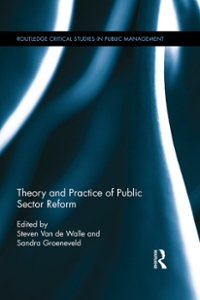explain key microeconomics terminology
differentiate between microeconomics and macroeconomics
create use economics graphs and numerical models to analyse and solve microeconomic problems.
explain the costs and benefits of internatinal trade, including calculation of gains from trade.
anayze the implact of government activity in markets.
determine optimal consumer buying decisions in the context of utility theory.
compare and contrast optimal pricising and output decisions in various market structures
apply supply and demand theory to both prodcut and factor markets
Question 1 (Sampling distribution) (8 point) Please shortly answer the following questions: (a) Explain the difference between the sample average Y and the population mean. (b) Explain the difference between an estimator and an estimate. Provide an example of each. Question 2 (Law of large numbers and Central limit theorem) (12 point) In a population, my = 200 and of = 49. Use the law of large numbers and central limit theorem to answer the following questions: (a) In a random sample of size n = 100, find E(Y) and P(Y x) = 0.1). Question 4 (Standard normal distribution) (18 point) Excess revenue (total revenue minus operating expenditures) in the nonprofit sector are normally distributed with a mean of $2.5 million and a standard deviation of $4 million. (a) What is the probability that a randomly selected nonprofit has negative excess revenues? (Hint: we are looking for P(X x) = 0.05).4. Explain the differences in the sampling distributions of x for large and small samples under the following assumptions. Complete parts a and b. a. The variable of interest, x, is normally distributed. Choose the correct answer below. O A. There are no differences, as both large and small samples will have normal sampling distributions. O B. Large samples will have a normal sampling distribution due to the Central Limit Theorem, but small samples will not have a normal sampling distribution. O C. Small samples will have a normal sampling distribution due to the Central Limit Theorem, but large samples will not have a sampling distribution. O D. There are no differences, as neither large nor small samples will have normal sampling distributions. b. Nothing is known about the distribution of the variable x. Choose the correct answer below. O A. Small samples will have a normal sampling distribution due to the Central Limit Theorem, but the sampling distribution of the large samples is unknown. O B. There are no differences, as both large and small samples will have normal sampling distributions. O C. Large samples will have a normal sampling distribution due to the Central Limit Theorem, but the sampling distribution of small samples is unknown. O D. There are no differences, as the sampling distributions for both large and small samples are unknown.A sample of size n is taken from a population with an unknown distribution, with mean u and standard deviation O. Which of the following statements about the sample mean distribution is true? Select one: 0 8. Using the Central Limit Theorem, X approximately follows X . Nu. b. Using the Central Limit Theorem, Xexactly followsx - Ntu. C. without Using the Central Limit Theorem, X approximately follows > . N p. =] 0 d Without Using the Central Limit Theorem, Xexactly follower . No









